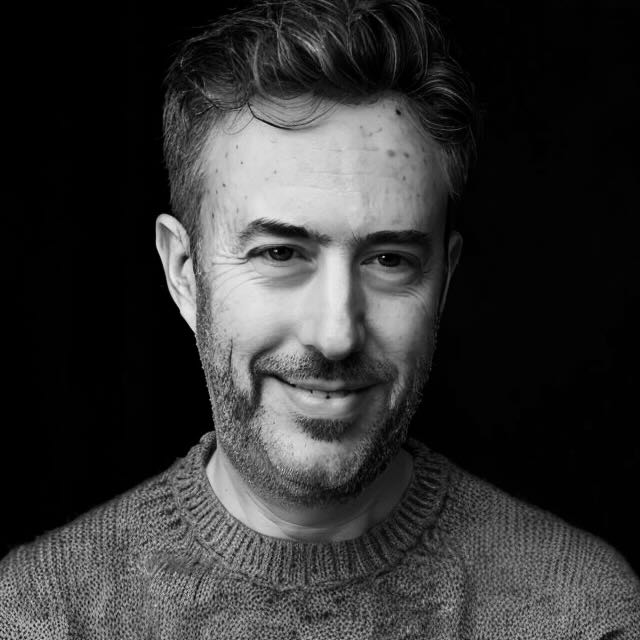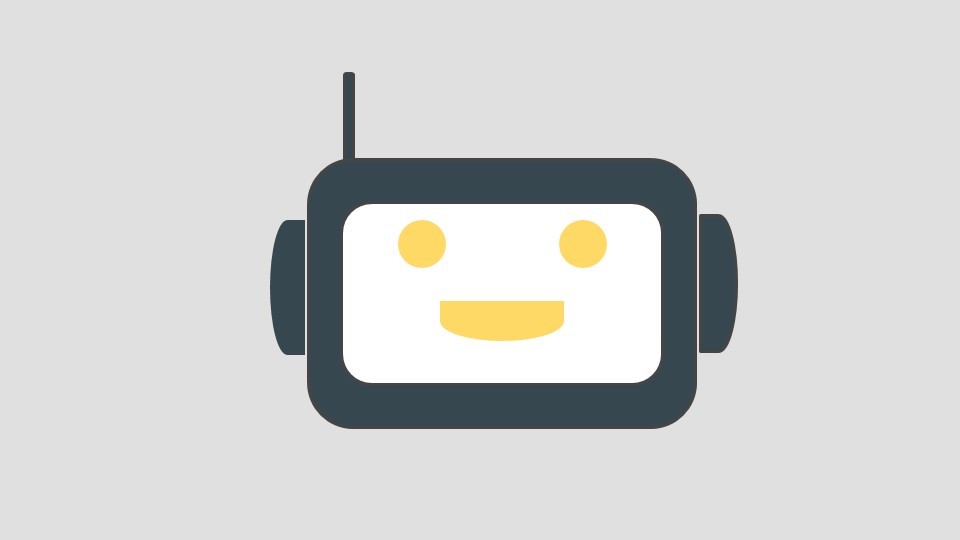Last week I was delighted to interview Tom Bilson, Head of the Digital Media Department at The Courtauld Institute of Art, about digital asset management. Mr. Bilson will be speaking at the Digital Asset Management for Museums conference in London on November 27th, 2013. The Courtauld Institute of Art is a centre for the study of the history and conservation of art and architecture. The Institute’s Gallery houses some of Britain’s most celebrated collections. It is also an independent college of the University of London. A warm thank you to Tom Bilson for his time and to Lucy Douglas and John Woolley of the Collections Trust for making this interview possible.
The Questions
- How are you involved with Digital Asset Management?
- Has your role expanded to include different components of the overall digital strategy or are you still focused on digital asset management?
- Does your digital asset management system manage textual files generated by curators such as emails or other documents?
- What issues can DAM help to address for museums?
- What prompted the Courtauld Institute to shift to a new DAMS this year?
- Who at the Courtauld Institute was especially important the DAMS success? Why?
- In what department does the DAMS reside? IT? Photo archive?
- What advice would you like to share with other museum professionals who are considering a DAM implementation?
Ian: How are you involved with Digital Asset Management?
Tom: In 2001 we received a major grant from the New Opportunities Fund to digitize all of our painting collection, all of our drawing collection, and about 35 thousand images of architecture and sculpture from our Conway photographic library. Our need within that project for digital asset management was equal, if not greater than our need for collections management and cataloguing because we had 45 thousand digital images and avoiding problems with surrogates and version control was critical.
Ian: Has your role expanded to include different components of the overall digital strategy or are you still focused on digital asset management?
Tom: I’m involved with the development of our overall digital strategy. In addition to being a college of the University of London teaching undergraduate and postgraduate students we are home to a Gallery, a book library and and two large photographic libraries as well as running a programme of public events. The question I now ask now is how can DAMS underpin any new digital activity we undertake.
Ian: Does your digital asset management system manage textual files generated by curators such as emails or other documents?
Tom: Yes, we use the DAMS to hold PDFs of conservation records which are synced to our collections management system and appear in object records along with images, but we’re just beginning to explore how our DAMS can be used elsewhere.
Ian: What issues can DAM help to address for museums?
Tom: For us it’s the elimination or management of surrogate images and version control: one master image is now the source for everything. This eliminates problems arising from someone having a local a copy of an image that is passed around and subsequently edited and re-edited.
Ian: What prompted the Courtauld Institute to shift to a new DAMS this year?
Tom: We had used the system we purchased under lottery funding twelve years ago: this was an Oracle-based and very powerful DAMS; but one which we also used as a cataloguing tool: we added lots of free and controlled text fields, as well as importing the AAT, TGM, TGN and ULAN thesauri. However it was expensive to license and to maintain: we don’t have Oracle expertise in house, so all modifications to the system has to be undertaken by its manufacturers. We also used Modes as a backup collections management system, however the two weren’t synced, and only the DAMS had the capability to concatenate records where necessary (our architecture and sculpture collections were at that time represented hierarchically, with parent and child relationships between objects and images) and publish to our website www.artandarchitecture.org.uk.
In 2012 our Gallery received funding for a new collections management system, so it seemed the ideal opportunity to investigate a DAMS solution that was better suited to our needs and capabilities, and pursue the goal of integrating them.
Ian: It’s interesting to note that there’s been some discussion about digital asset management encompassing more and more services. What you’re talking about is choosing a system that was specifically designed to be a collections management system, or a cataloguing tool, and another that was designed for digital asset management.
Tom: Yes, I think that’s really important. Because our previous system was unique our curators and registrar had no sense of working within the sort of professional communities that form around the major software solutions for collections management or using standards such SPECTRUM. A lot of intellectual thought and endeavor goes into the design of collections management systems, which we could never have hoped to duplicate when we tried to make our DAMS fulfill both roles. So its unsurprising that, in 2012, we went through an options appraisal process prior to purchasing a really excellent collections management system (Zetcom’s Museum Plus) whilst at the same time looking for a DAMS that was affordable, that didn’t use Oracle as a back-end database and also that had widespread support for API so that we could integrate it both with Museum Plus and also with our website’s content management system. The decision to purchase Extensis Portfolio Enterprise with Net Media Max and Net Publish Server was an easy one.
Ian: Who at the Courtauld Institute was especially important the DAMS success? Why?
Tom: Our Gallery were key because they recognized quickly that their desire to move to a new collections management system had to be accompanied by a move to a new DAMS. The collections management project they initiated quickly gained pace and became something much larger and far more strategically valuable.
The key figure in this project was Geoff Lowsley who was appointed on a fixed term contract as a Collections Management System Officer to help with the migrations of images and metadata and the integrations, but in essence was our first digital collections manager. Obviously he supported the project but gave DAMS and its methodologies a new voice in the Courtauld.
Ian: So many people think of DAM as a piece of software and not as set of policies and initiatives that may happen to include a software.
Tom: Absolutely: you don’t need a digital asset management system to do digital asset management, although it helps! I think DAMS is as much a state of mind, or set of good working practices as much as it is about software. I’d like to think that one could implement some sort of digital asset management strategy without a DAMS simply by setting up remorselessly logical folder structures, assigning unique filenames to images instead of the typical “01.jpg”, or “front.tiff” that eventually undermine any attempt to do it manually, but it would be hard to sustain for a large or growing collection.
Ian: In what department does the DAMS reside? IT? Photo archive?
Tom: It resides in my department [Digital Media]. Our IT department provides the server and the network and supports them brilliantly. But because DAMS has the capability to sit at the heart of an emerging digital strategy to support not only collections but teaching and research, I think it’s useful to consider it as a separate venture with its own methodologies and practices, rather than just being a product of IT.
Ian: It’s to the advantage of everyone if it’s within its own independent department, so to speak, as opposed to collections because then it would be beholden to collections as opposed to marketing for example.
Tom: Sure. The DAMS currently provides services to our gallery, to our photo libraries and to research projects. In the near future we’ll provide services to our marketing and communications department, our Virtual Learning Environment (VLE), and, perhaps, our website too. So the obvious question that should be asked of any new digital initiative is, “can we make use of the DAMS for that?”
Ian: Going back to what you said earlier about linking all of these various tools, whether it’s a collection management system or a content management system, a DAMS will provide those links so people will find the content they need: a central hub for your data?
Tom: It’s not all of the data. The way the integration works is that the DAMS supplies images to the CMS which, in turn, sends selected metadata back to the DAMS: so we have one system from which we can export, share or archive. Obviously there are some fields that are not written back such as locations and valuations, but what we store there we know we’re happy to share: both internally and to public audiences.
We’re taking the images from the DAMS and the metadata from our collections management system and finding a means of relating them when we export or share our collections. So the DAMS becomes a one-stop shop for sharing and publishing opportunities.
Ian: And that’s made possible through the API.
Tom: The Portfolio API has been absolutely crucial because it allowed Zetcom to integrate our DAMS with Museum Plus fairly quickly and – dare I say – affordably. Extensis also used their own API to create a method of exporting the images and the metadata from our DAMS to our web site.
Ian: It sounds as if the API was important for the integration between all of the systems.
Tom: Yes: it’s basically a doorway into the software.
Ian: What advice would you like to share with other museum professionals who are considering a DAM implementation?
Tom: In terms of technology it has to integrate with existing systems. If not, it just becomes a file dump with un-leveraged power and capabilities.
I can however see how selling the need for a DAMS within an organization is less easy than, say, selling the need for a collections management system or even a public website, mostly because its role – if set up properly – is often hidden. Unless you’ve had to rename or crop or resize thousands of JPEGs in your life, or whatever, the benefits can’t be appreciated as much.
Ian: If you’re building a case for a DAMS, you could create a diagram to demonstrate to the stakeholders one of your current workflows and the time that it involves. This can be compare to a second diagram showing the efficiencies a DAM would bring to that same workflow.
Tom: Yes. Absolutely. I sketched out lots of different scenarios and we used these to inform our decision-making. But the Courtauld is also home to at least 3 million images from our photographic libraries, and it would simply be impossible to contemplate any project to digitize the whole or part of these collections without DAMS being a primary consideration – above all else.
One of the unseen legacies of our lottery project way back on 2001 is that digital asset management is progressively underpinning every new digital initiative within the Courtauld. It’s the lynchpin of our emerging digital strategy; one which will have digital asset management at its heart.





Leave a comment